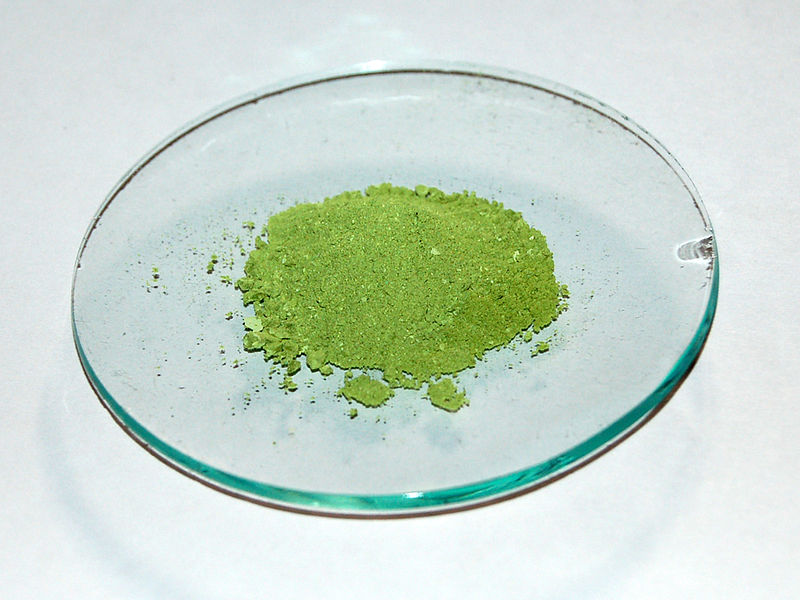Copper I Chloride Formula
What is Copper I Chloride?
This article deals with copper I chloride formula. Copper I chloride refers to an inorganic chloride of copper. Furthermore, it is commonly known as cuprous chloride and it happens to be a lower chloride of copper. Copper I chloride is a white solid and is somewhat soluble in water. Moreover, the impure samples of copper I chloride have a greenish appearance because of the copper II chloride. Also, this compound has usage as a molluscicide and an agrochemical.
Derivation of Copper I Chloride Formula
Copper I chloride is certainly a lower copper chloride where copper is in the oxidation state +1. The chemical formula of copper I chloride happens to be CuCl. The production of copper I chloride takes place by the direct combination of copper and chlorine at a temperature of 450–900 °C:
2Cu +
Properties of Copper I Chloride
Copper I chloride has the crystal structure of cubic zincblende at conditions that are ambient. Upon heating this compound to 408 °C, a change of structure takes place to hexagonal. Moreover, at high pressures, there is the appearance of several other crystalline forms of CuCl.
Copper I chloride happens to be a Lewis acid. Moreover, the classification of this acid is as soft, in accordance with the Hard-Soft Acid-Base concept. Therefore, there is a formation of stable complexes with soft Lewis bases such as triphenylphosphine.
Copper I chloride can dissolve in aqueous solutions containing appropriate donor molecules. With halide ions, copper I chloride forms complexes, for example, the formation of
Solutions of copper I chloride in HCl or
Ammoniacal solutions of copper I chloride react with acetylenes to result in the formation of the explosive copper I acetylide,
Uses of Copper I Chloride
The major use of copper I chloride is as a precursor to fungicide copper oxychloride. To achieve this, the generation of aqueous copper I chloride takes place by comproportionation and then air-oxidization:
Copper I chloride catalyzes a variety of reactions that are organic in nature. This compound has an affinity for carbon monoxide in the presence of aluminium chloride. Moreover, there is an exploitation of this affinity of copper I chloride in the process of
Copper I chloride has important usage with carbon monoxide, hydrogen chloride, and aluminium chloride, in the Gatterman-Koch reaction to result in the formation of benzaldehydes.
In the Sandmeyer reaction, an arenediazonium salt’s treatment with Copper I chloride leads to an aryl chloride. Moreover, this reaction usually results in good yields and has a massive scope.
An observation was made by early investigators that copper I halides catalyze 1,4-addition of Grignard reagents to alpha ketones that are beta-unsaturated. This observation led to the development of organocuprate reagents that are important in organic synthesis.
Solved Question For You
Question- What is copper I chloride and its formula?
Answer- Copper I chloride refers to an inorganic chloride of copper that happens to be a lower chloride of copper. The chemical formula of copper I chloride happens to be CuCl.
